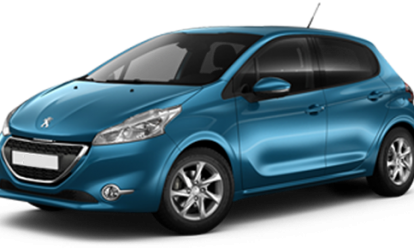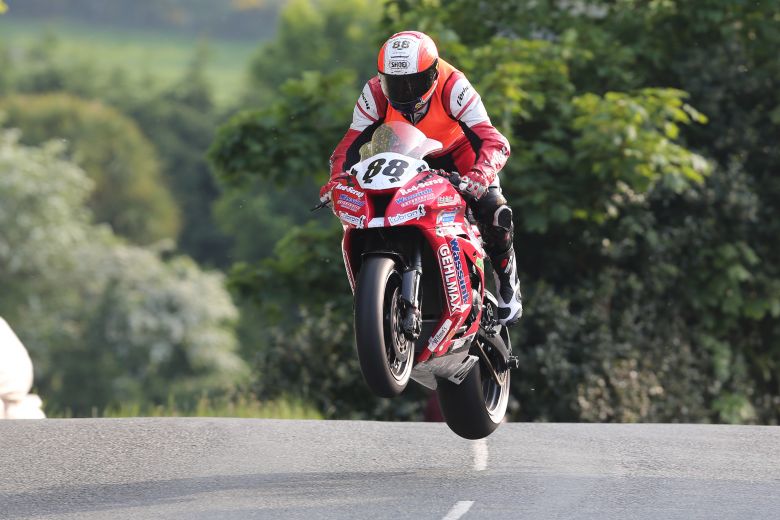It is renowned as one of the most dangerous sporting events across the globe, where riders race at speeds of up to 200mph (average lap speed, 131mph) on a public-road course, kissing kerbs and shoulder-brushing lampposts, pillar boxes and spectators.
That, of course, is the thrill for participants and spectators alike: I’ve never been, but I ride a bike and would love to go; a search on YouTube produces the most awe-inspiring motorsport footage you’re ever likely to see.
READ MORE: Could this 275hp Renault Clio be the world’s greatest hot hatch?
Since the event began in 1907, more than 200 riders have been killed while competing.
A startling 11 people were killed in 1993 alone, a further seven in 2000. Experienced racers including Wayne Gardner and Barry Sheene have called for the event to be banned.
Trees, stone walls, cats, dogs and innumerable hazards which you can’t control
What makes the TT so perilous is the combination of a course that’s 37.73 miles long, which makes every braking point, hill and corner nigh-on impossible to remember, and the trees, stone walls, cats, dogs and innumerable hazards which you can’t control, because it’s not a closed, protected environment in the way a circuit is.
.jpg)
All of which, of course, is what makes it so popular and so hotly contested year after year.
So should it be banned? Does there come a point of critical mass, when death outweighs sport?
Car valuation
Find out how much your car is worth with the free car valuation tool at RAC Cars.


No, is my answer.
Let us begin at the start: motorsport is inherently dangerous, with the constant risk of death, whether you’re on two wheels or four, because you are travelling at speed, taking chances, both man and machinery on the edge of their respective performance envelopes.
Indeed, as James Hunt once remarked of F1: “They don’t pay all that money to see us drive you know. They come to see us killed.” As long as one is aware of that, then crack on.
Obviously there are degrees of risk and yes, the TT is at the highest end of the spectrum, privateer riders drawn by a large cash prize pot, unable to deal with the full-on challenge of the course, barreling into stone walls within two minutes of the race beginning, dying instantly (such an instance invoked the emotive, damning “Island of Blood” Daily Mail headline in the Seventies).
IN OTHER NEWS: Read about the man who gives driving lessons to F1 stars - in a Vauxhall Astra
But given that no one seeks to obstruct the truth behind the event, given that children don’t take part, given, then, that every competitor takes part of their own free will, in full knowledge of the mortal danger in which they place themselves, why ban it?
All a rider has to do is act as Sheene did (“It is impossible to make that course even reasonably safe. It is 37 miles of stone walls and telegraph poles”, he said) and swear never to ride it again.
Meanwhile, let them come, let them race the world’s most dangerous motorcycle course, let them have their moments of glory. Here I disagree with James Hunt: the TT is so magnificent, that spectators don’t come to watch riders die: they come to watch them cheat death. That’s an entirely different thing, and at the heart of so many great sporting moments.

